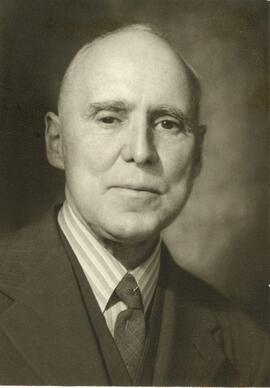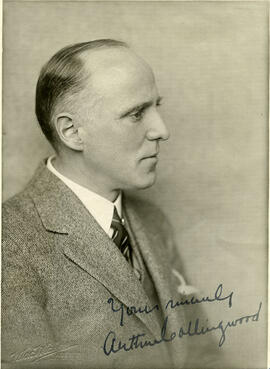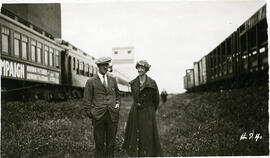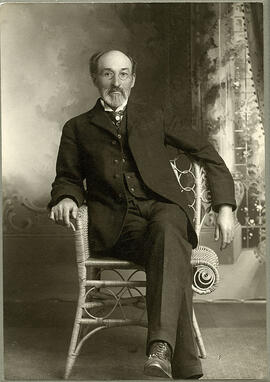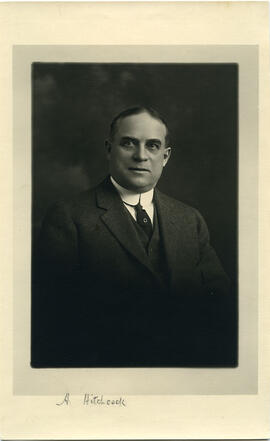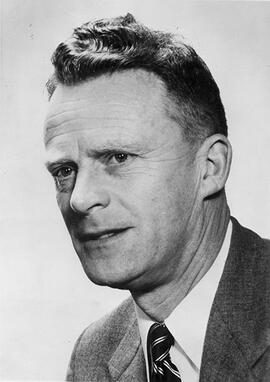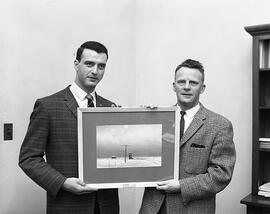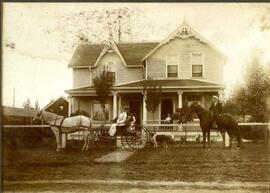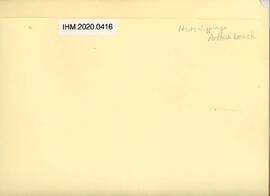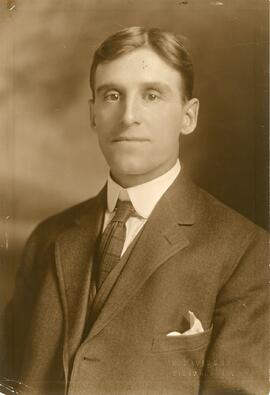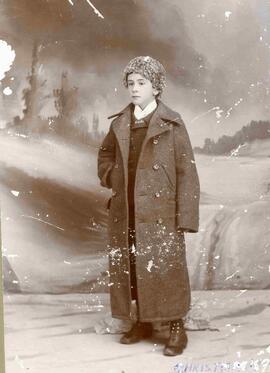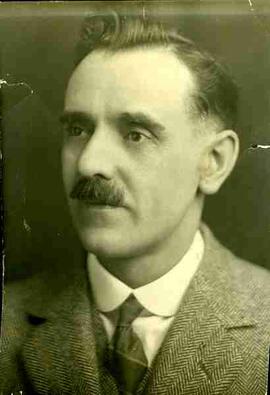- A-3231
- Item
- [between 1931 and 1947]
Head and shoulders image of Arthur Collingwood, head, Department of Music, 1931-1947.
Bio/Historical Note: Arthur Collingwood was born in Halifax, Yorkshire, England in 1880. He studied piano with Claude Pollard and Tobias Matthay, organ with W.H. Garland and Kendrick Pyne, and theory with Charles Pearce and Ebenezer Prout. Collingwood moved to Aberdeen, Scotland, where he was the organist-choirmaster (1898-1930) of the Free West Church, conducted the Choral Union and Male Voice and Madrigal choirs, and lectured at Aberdeen University. He emigrated to Canada in 1931 and became head of the newly formed Department of Music at the University of Saskatchewan. In 1932 Collingwood unified an informal group of Saskatoon musicians, thereby establishing the Saskatoon Symphony Orchestra, which he conducted until his retirement in 1947. Collingwood was chairman (1934-1936) of the first Western Board of Music syllabus committee, gave radio lectures for Saskatchewan schools, and adjudicated music festivals across Canada. Collingwood retired to Montreal in 1947 as dean emeritus of the Department of Music, University of Saskatchewan. Collingwood's compositions (listed in the Catalogue of Canadian Composers) include choral, vocal, and piano works published by Paterson, J. Curwen, and Thompson. His essay titled 'Music in Education' (Queen's Quarterly, vol 44, winter 1937) reflected his experience in the field. Collingwood died in Montreal in 1952.

